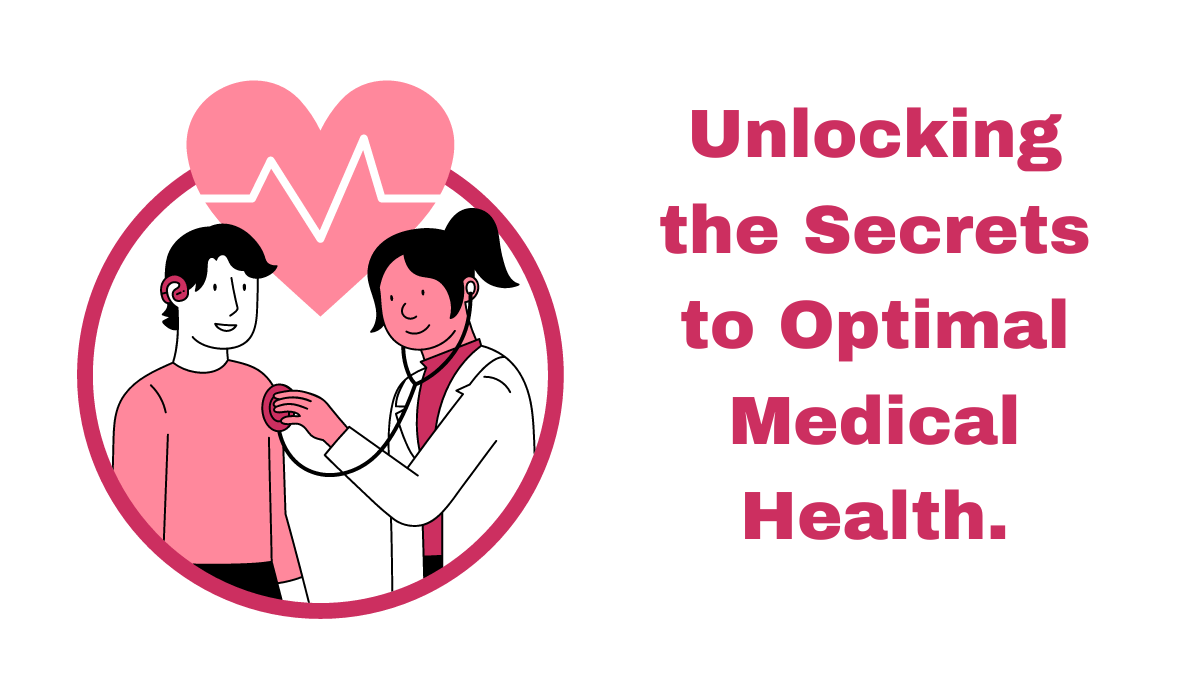Anxiety disorders come in various forms, each presenting its own set of challenges. Here are some common types and strategies to manage anxiety symptoms.
Different Types of Anxiety Disorders
Generalized Anxiety Disorder (GAD)
This involves persistent and excessive worry about everyday things. Manage GAD by practicing mindfulness, setting aside “worry time,” and breaking down overwhelming tasks.
Social Anxiety Disorder
Fear of social situations characterizes this disorder. Gradual exposure, positive affirmations, and developing social skills can help manage social anxiety.
Panic Disorder
Sudden, intense panic attacks define panic disorder. Deep breathing exercises, grounding techniques, and identifying triggers contribute to better panic attack management.
Obsessive-Compulsive Disorder (OCD)
OCD involves intrusive thoughts and repetitive behaviors. Cognitive-behavioral therapy (CBT), exposure therapy, and establishing healthy routines are effective in managing OCD.
Post-Traumatic Stress Disorder (PTSD)
Resulting from trauma, PTSD symptoms include flashbacks and nightmares. Seeking therapy, practicing self-care, and building a support system are crucial for managing PTSD.
Specific Phobias
These are intense fears of specific situations or objects. Gradual exposure, relaxation techniques, and reframing thoughts can aid in overcoming specific phobias.
Separation Anxiety Disorder
Common in children but can persist in adults, separation anxiety involves fear of being away from loved ones. Establishing routines, practicing short separations, and seeking therapy can help manage this disorder.
Tips for Managing Anxiety Symptoms
- Breathing Exercises: Practice deep breathing to calm your nervous system during moments of anxiety.
- Physical Activity: Regular exercise is beneficial for reducing overall anxiety levels.
- Mindfulness and Meditation: Cultivate mindfulness to stay present and manage anxious thoughts.
- Healthy Lifestyle: Ensure sufficient sleep, a balanced diet, and regular hydration to support mental well-being.
- Therapeutic Techniques: Consider counseling or therapy options, such as CBT, to address root causes and develop coping mechanisms.
- Social Support: Build a network of supportive friends and family to share your feelings and experiences.
- Limit Stimulants: Reduce caffeine and alcohol intake, as they can exacerbate anxiety symptoms.
Remember, seeking professional help is a crucial step in managing anxiety disorders. If symptoms persist, consult with a mental health professional for personalized guidance and support.






One thought on “What Are the Different Types of Anxiety Disorders, and How Can I Manage Anxiety Symptoms?”